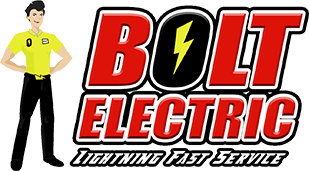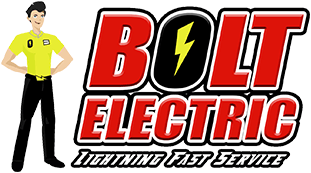Outdated Wiring Systems
Older homes often have outdated wiring systems that may not meet the demands of modern electrical appliances and devices. This can result in frequent tripping of circuit breakers, flickering lights, or even electrical shocks.
To address this issue:
1. Hire a licensed electrician to inspect the wiring system and determine if it needs to be upgraded.
2. Replace old, worn-out wiring with modern, safer alternatives, such as copper wiring.
3. Install additional outlets to distribute electrical load evenly and avoid overloading circuits.
Overloaded Circuits
With the increasing number of electronic devices used in households today, older homes may struggle to handle the electrical load. Overloaded circuits can lead to power outages, damaged appliances, and even electrical fires.
To prevent circuit overloads:
1. Identify the circuits that are frequently tripping and causing disruptions.
2. Limit the use of high-power appliances on the same circuit.
3. Consider redistributing the load by connecting devices to different circuits.
4. Install dedicated circuits for heavy-duty appliances like refrigerators or air conditioners.
Faulty Electrical Outlets
Outdated electrical outlets can be a safety hazard, especially in older homes. Loose or damaged outlets can cause electrical shocks, short circuits, or even house fires.
To address faulty electrical outlets:
1. Regularly inspect outlets for signs of wear and tear, such as loose connections or scorch marks.
2. Replace damaged outlets with modern, tamper-resistant outlets that meet current safety standards.
3. Install Ground Fault Circuit Interrupters (GFCIs) in areas prone to moisture, such as kitchens and bathrooms, to prevent electrical shocks.
Inadequate Grounding
Proper grounding is crucial to protect against electrical surges and ensure the safe operation of electrical systems. However, older homes may have inadequate grounding or lack it altogether.
To improve grounding:
1. Hire a licensed electrician to assess the grounding system and make necessary upgrades.
2. Install grounding rods or plates to provide a direct path for electrical surges to dissipate into the ground.
3. Ensure that all major appliances and electrical panels are properly grounded.
Outdated Electrical Panels
Older homes often have outdated electrical panels that may not meet the electrical demands of modern households. These panels may lack safety features, such as circuit breakers or sufficient capacity.
To address outdated electrical panels:
1. Consult with a licensed electrician to assess the condition and capacity of the existing panel.
2. Consider upgrading to a modern electrical panel with circuit breakers and enhanced safety features.
3. Ensure that the panel can handle the electrical load of the home, including future expansions or additions.
Being aware of common electrical problems in older homes and addressing them promptly is crucial for maintaining a safe and functional living environment. If you encounter any of these issues, it's recommended to seek professional help from licensed electricians. Remember, prioritizing electrical safety not only protects your home but also ensures the well-being of your loved ones.

